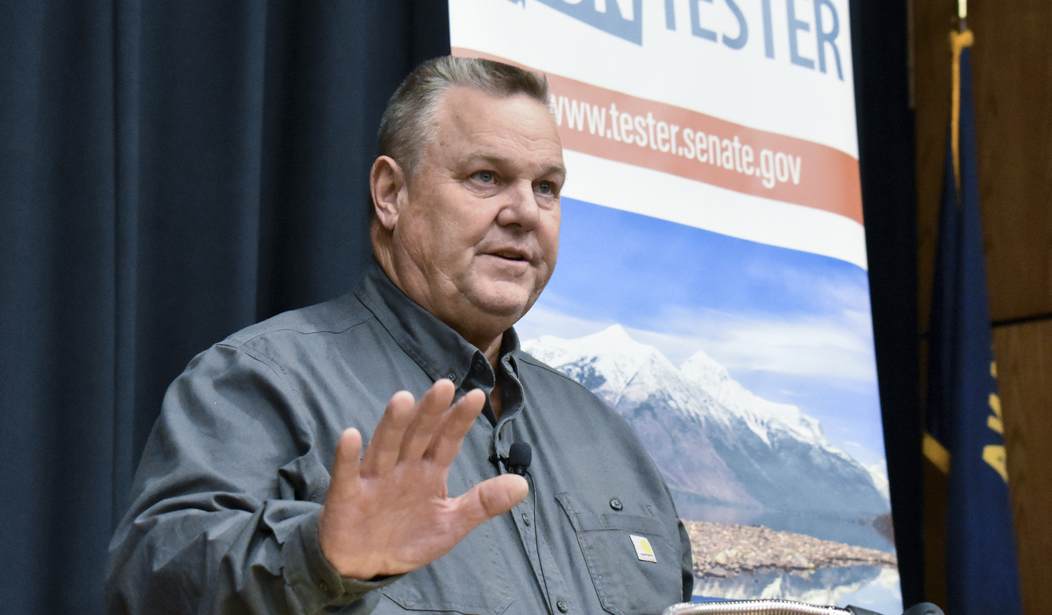Republicans have known for years that the 2024 election would be a good one for them. After the 2022 midterm contests, Democrats and independents who caucus with them held 51 seats to the GOP's 49. But Republicans are facing an expansive map in 2024 with eight contested races in blue and purple states with only two competitive Republican seats up for grabs.
So the question has never been, "Will the GOP win a majority in the Senate?" The question has always been, "How big will that majority end up being?"
Democrats have already written off West Virginia, where Joe Manchin is retiring. Trump won West Virginia by nearly 40 points in 2020 and the state's popular Republican governor, Jim Justice, appears ready to coast to victory.
Elsewhere, there are several Senate races where the GOP is ahead or in striking distance. In the presidential battlegrounds of Michigan, Pennsylvania, Nevada and Wisconsin, Democratic incumbents are barely hanging on. In Montana, GOP Rep. Tim Sheehy is comfortably ahead of incumbent Democrat Jon Tester by nine points, according to the latest Sienna College battleground poll.
That same poll shows two Democratic Senate targets in Florida and Texas moving farther away. Senator Rick Scott in Florida has pulled away from Democrat Debbie Mucarsel-Powell by nine points. Senator Ted Cruz in Texas is up 48-45 over Colin Allred in a state that Democrats have been claiming they've been on the verge of flipping for the last decade.
"It seems to me that the map is starting to narrow a little bit," said one Democrat working on a purple-state Senate race. "As it has been through the entire cycle, Democrats are just playing more defense than the Republican side, but the fact that we're in as strong as a position as we are in all of the core battleground states, I think, tells you something about how strong the incumbent class is this cycle."
As always, you must follow the money to see where both parties believe they are most competitive.
"The spending and the amount of spending in the states speaks to where the focus is," said one GOP strategist working on Senate races.
Democrats' strong footing on a tough landscape is fueled largely by battle-hardened incumbents who boast unique brands partially detached from national politics and strong fundraising abilities honed by years of fighting for their political lives in tight states.
In open-seat races, Democrats have also prioritized candidates with national security experience like Reps. Elissa Slotkin in Michigan and Ruben Gallego in Arizona, and across the board, they've boosted outreach to key constituency groups, including amplifying Spanish-language advertising to try to offset a drop in Latino support at the top of the ticket.
Republicans, meanwhile, recruited wealthy opponents in the hopes that they could help offset any financial disparities with the well-heeled Democrats. However, some of them bring tenuous ties to their states, such as Republican nominees in Montana, Pennsylvania and Wisconsin, and at a precarious time when GOP contenders are seeking to boost their name recognition, they've sometimes stumbled on key issues like abortion.
What Democrats might not have factored into their calculations was the drag on their down-ballot races by Kamala Harris.
In Montana, Ms. Harris is viewed unfavorably by 60 percent of likely voters, who trusted Mr. Trump more than her on every issue tested, including the economy, immigration, abortion, democracy and helping the working class.
In a sign of the state’s partisan tilt and the uphill battle for Mr. Tester, even independent voters there said they preferred that Republicans control the Senate in 2025.
There's a chance the GOP could win a clean sweep of those eight seats held by Democrats. Realistically, Republicans should end up with a 52-53 seat majority.
But those incumbents in swing states have been through the wars before and know what it takes to win: Run as far away from the National Democratic Party as possible.










Join the conversation as a VIP Member